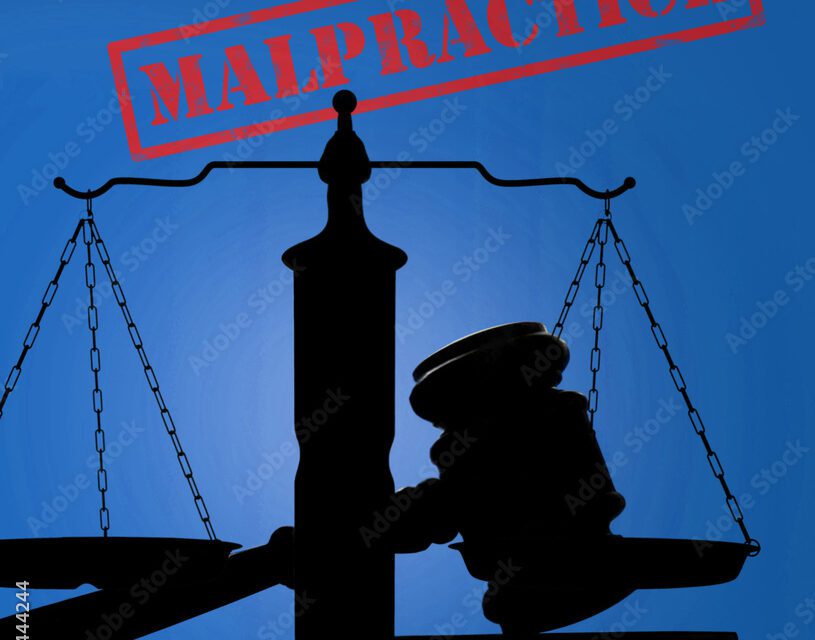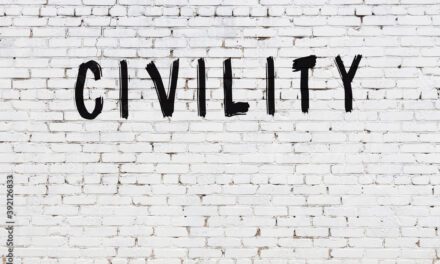It has been almost universally thought amongst lawyers, who are knowledgeable on the relevant topics, that the “Case-Within-the-Case” Rule (“Rule”) applied to all legal malpractice. Certainly, this has been though, from time immemorial, by virtually all informed lawyers to apply across the board to litigation cases.
On August 30, 2013, the Supreme Court of Texas, by a vote of 6-2, decided that the Rule does not apply to all litigated cases. The exception is not the widest one anyone has ever heard, but it is significant and has significant implications–maybe–for different kinds of cases. Of course, some lawyers will immediately (in legal time) try to press it too far.
Many do not take the idea that virtually all legal progress moves like a snail, and perhaps even more slowly when the interest of the profession and members of the profession are at stake.
—MSQ
The case was Elizondo v. Krist, ___S.W.3d ___, 2013 WL 4608558 (Tex, August 30, 2013). In this case, the plaintiff (P) was injured in 2005 by an explosion at the BP Amoco Chemical Company plant in Texas City. He worked for a BP contractor, so he could pursue action against BP. Fifteen (15) workers were killed and many more were injured. There were 4000 suits filed. Almost all were settled along the way; only a handful went to trial, and those were settled before the verdict.
Eventually, P’s case was settled after “all” the pretrial jockeying went forward, or so it would appear. It settled for $50,000.00. P was thrown by the explosion approximately 20 feet. He received medical treatment for neck and back injuries, but he returned to work a few days later, and apparently missed no work for any relevant reason. However, he claimed to have suffered a psychological injury.
As the reader may know, in Texas, as in many other states, bodily injury is a sufficient condition for having a cause of action for psychological injury, though not a sufficient condition for actually having such an injury.
—MSQ
P sued his lawyers (L) for not obtaining more money. There were several lawyers working as a team on P’s case, hence the singular “L,” and all of them appear to have been sued. L moved for summary judgment on the ground that there was no evidence that there would have been a larger recovery in the underlying case, if it had been pursued to finality, after a trial (perhaps one or more appeals) and a final judgment.
In this case, the Court focused on what sort of evidence is necessary to create a fact dispute as to damages. The majority agreed that the measurement of damages is not tied to the existence of a final judgment. It can be achieved by comparison with other settlements in a large case similar to this one. Obviously, by implication, this would include a whole raft of mass tort cases; it need not involve a situation resembling the BP explosion.
In other words, the Court has held that a final judgment is not a necessary condition for establishing legal malpractice and that a settlement agreement may be enough. Of course, the settlement must be too small, the advice to accept the settlement may be unreasonable, and the settlement agreement itself must be reasonable under the circumstances.
The problem then becomes this:
How does a plaintiff in a malpractice case establish that the settlement agreement was unreasonably small, and hence that the lawyer’s conduct was (at least probably) an instance of malpractice?
—MSQ






Recent Comments